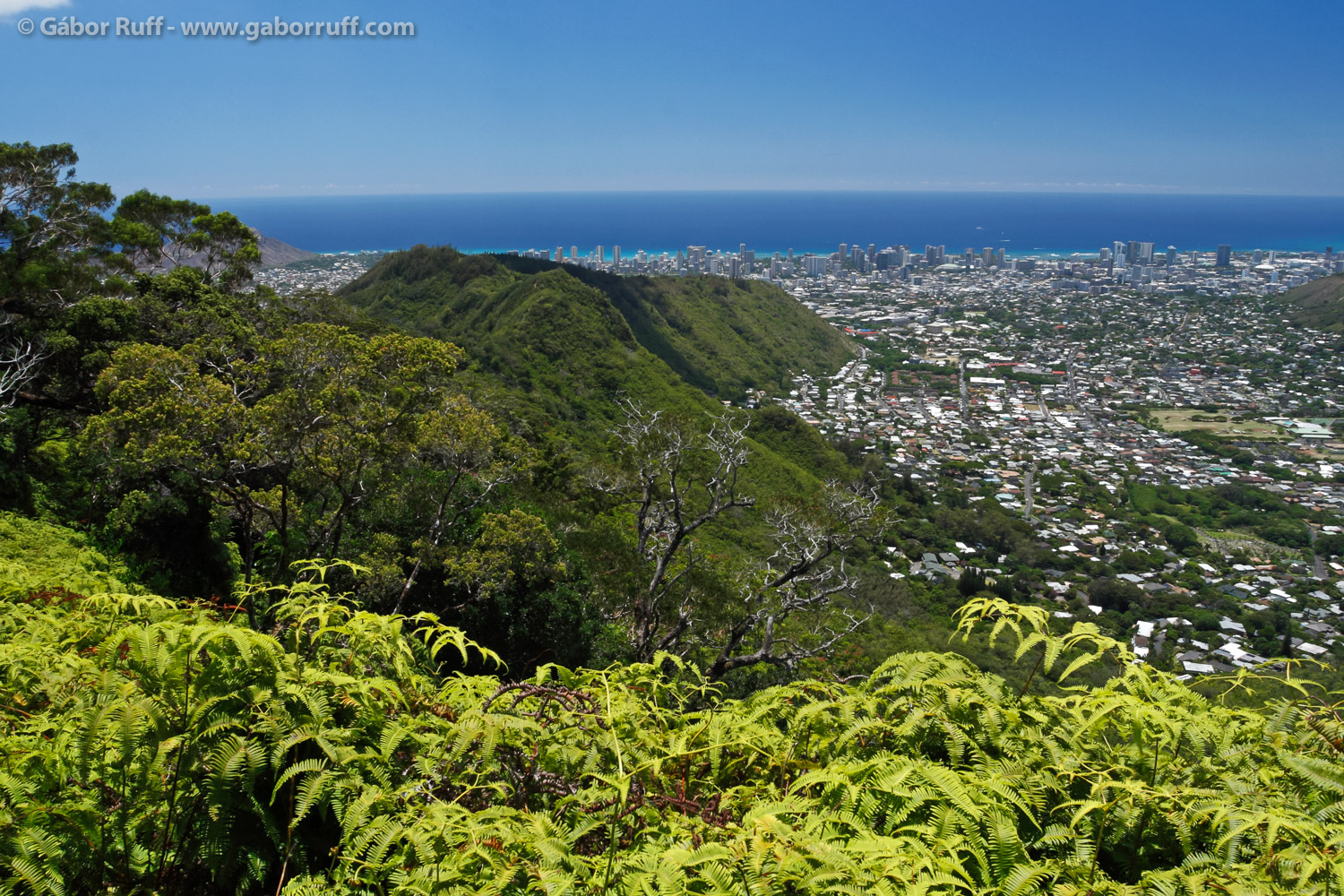Most people think that Hawaii is a paradise with golden beaches, crystal clear waters and dense rainforests in the center of the islands. This idea of paradise is so engrained in people that most of them can barely see what Hawaii looks like.
The Hawaiian Islands are the most isolated archipelago on earth and in fact 90 percent of native Hawaiian terrestrial flora and fauna is endemic and occurs only on these islands. The most widely known Hawaiian endemic taxon is the Hawaiian honeycreepers. This entire group of birds can be found nowhere else in the world and this group provide a perfect example of an evolutionary triumph and an ecological tragedy that feature Hawaii’s native ecosystems.
After millions of years of isolation and evolution, Hawaii’s plants and animals created very unique ecosystems on the islands and Hawaii was definitely a paradise at that time. Millions of seabirds nested on the beaches, flightless geese grazed in the open grasslands and the forests were crowded with various kinds of owls, hawks, flightless rails and the fantastic variety of honeycreepers. Then everything has changed when first humans arrived to the islands about 1500 years ago. The Polynesian colonisation of Hawaii was no doubt an ecological disaster. The colonists hunted seabirds and their eggs, cleared forests, cultivated crops and brought domestic animals as well as many hitchikers in the canoes such as geckos, skinks and rats. These severe alterations in the islands’ habitats caused the first wave of extinction of the Hawaiian flora and fauna. By the time of European contact, the Hawaiians had driven over half of the islands’ native birds to extinction, including almost all flightless grazers and browsers and many honeycreepers which were hunted for their colorful feathers.
The second ecological cataclysm began with the voyages of Captain Cook in the late 1700s. Since then, the human impacts of the islands have intensified. The deforestation continued and with the increasing human population, the urbanization has changed the face of the islands forever. While hunting and habitat degradation were the main reasons of extinction before Europeans arrived to Hawaii, after Cook stumbled across the Hawaiian Islands, the introduction of alien species into the Hawaiian ecosystems has accelerated and caused an increasing rate of extinction. The invasive species often outcompete the natives, while the introduced predators such as rats, mongooses and even cats and dogs can find an easy food resources among defenseless native species. The Hawaiian honeycreepers have another enemy too: the mosquitoes which transmit deadly avian diseases. The introduced birds such as the Japanese White-eye brought these parasites to Hawaii. White-eyes and other alien birds are resistant to these diseases, while native Hawaiian birds have no resistance to them. The introduction of mosquitoes, avian pox and avian malaria likely contributed to extinction of several species. The surviving Hawaiian honeycreepers today live only at high altitudes, where mosquitoes are scarce.
Since first human footprints appeared in Hawaii, the paradise has changed forever and the Hawaiian Islands became one of the most compromised ecosystems on the planet with the highest rate of extinction. Today, it is impossible to find a pure natural place in Hawaii and much that we see now is a vast tracts of non-native plants and animals.
Source:
Boyer, A. G. (2008), Extinction patterns in the avifauna of the Hawaiian islands. Diversity and Distributions, 14: 509–517.
Pratt, H. D. (2005), The Hawaiian Honeycreepers. Bird Families of the World Series. Oxford, UK: Oxford University Press.
This photo was taken at Waahila Ridge in the Koolau Mountains over Honolulu where some Hawaiian honeycreepers were able to survive.
Gear: Canon EOS 30D, Canon 17-40mm F/4 L lens, Tiffen Polarizer, handheld


